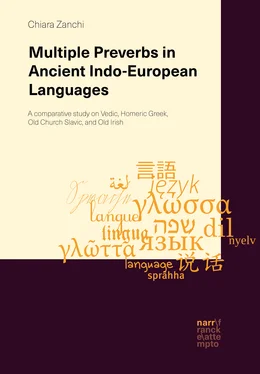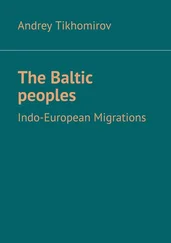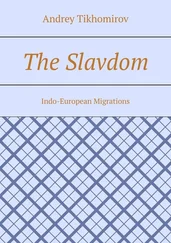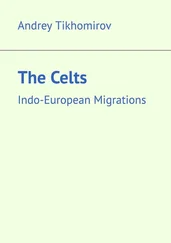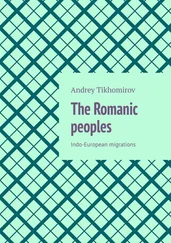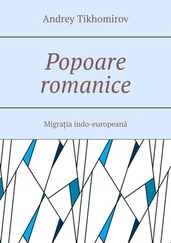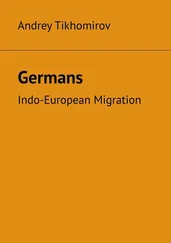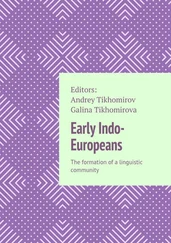3.1.4.3. The typological side of the issue
The terminological peculiarity relating to the category of ADVs-ADPs-PREVs is discussed by Garde with an eye to its typological implications (Garde 2004: 103ff.). Both ad- positions and pre- verbs are named after their positional properties.1 However, in the languages that feature both pre- verbs and pre- positions, this terminological consistency conceals a typological oddity.
Specifically, the category of “prepositions-preverbs” represents a two-fold paradox for word order typology. In the first place, the predominant phrase structure is reconstructed as centripetal (i.e. right-headed) for Indo-European (Garde 2004: 109).2 However, prepositions defy this generalization: prepositions function as heads of the phrases to which they belong, but are nevertheless placed on their left; by contrast, exclusively centripetal languages such as Turkish usually allow for postpositions only (cf. Garde 2004: 111). In the second place, in the majority of centrifugal (i.e. left-headed) languages, prepositions and preverbs are both allowed. However, in centrifugal languages, preverbal morphology usually plays a far greater role than in Indo-European; for example, prefixation is usually employed for derivational purposes, e.g. in Indonesian, in which the prefix pe- derives deverbal nouns (cf. Teselkin & Aleva 1960: 18, 57–58; Garde 2004: 111).
Furthermore, Garde (2004: 111) points out a paradox within the paradox: specifically, “the preposition and the preverb, though both preposed, exhibit divergent roles in the dependency relation, and accordingly in the order (i.e. centripetal or centrifugal) featured by the constituents in which they occur” (Garde 2004: 111, translation mine).3 The preposition functions as a head of the PP (i.e. centrifugal order), whereas the preverb works as a verbal modifier in the composite verb (i.e. centripetal order).
I suggest that such an apparent typological paradox can be resolved by keeping in mind the adverbial origin that prepositions and preverbs share (cf. Friedrich 1976; Section 3.1.3). In combination with both nouns and verbs, preverbs-adpositions started out as adverbial modifiers, occurring in front of the modified noun or verb. In this light, the word order featured by prepositions and preverbs is consistently centripetal (i.e. right-headed): the modifier precedes the modified.4 Later on, these modifier-modified combinations underwent conventionalization, and accordingly the mutual relationships holding between these elements were arguably tightened until the eventual creation of a new continuous constituent or a bound composite.
Thus far, several key characteristics of preverbs have been discussed, including their functions, their positional properties, their origin, and their murky categorial and typological statuses, reflected in the correspondingly unclear terminology (cf. Section 3.1). Another critical issue requiring attention is the number of preverbs that can occur in front of a verbal stem.
According to my definition, “multiple preverbs” occur every time two or more of such morphemes are placed in front of a verbal base. Among Indo-European languages, single preverbs are widespread, whereas multiple preverbs are not. However, Old Indic, Ancient Greek, Slavic and Old Irish, are noteworthy for allowing multiple preverbs. An example from each of the mentioned Indo-European branches is shown in (22); notably, all composites contain a Proto-Indo-European root for seeing or looking.1
1 Multiple preverb composites containing roots for ‘seeing, looking’ *ku̯ei̯s-,*spek̂-,*u̯ei̯d- (LIV2 381, 575, 665)Ved. ábhi ví √spaś- ‘look at, view’ (R̥V 3, 62, 9; 10, 187, 4)AG eis-an- eîdon ‘look upward to’ ( Il. 16.232, 24.307)OCS pro-po- věděti ‘proclaim, predict’ (Mar. Mk. 1.38, 16.15 etc.)OIr. imm·accai ( imm-ad- √kwis- ) ‘look after, examine, consider’(Ml.114a15, 17b6)
The composites of (22) can be schematized as follows:
1 Pn [exterior] (…P2[medial]) P1[interior] V
Multiple preverbs can be either different, as in (22), or identical, as in AG pro-pro-kulíndomai ‘keep rolling in front of’ and OIr. as·éirig (ess-ess-√rig-) ‘rise again’. The preverb farthest from the verbal stem (P n) is called “exterior preverb” (EP), whereas the closest to it “interior preverb” (IP).2 All preverbs occurring between the EP and IP are “medial preverbs” (MPs). For example, the Ancient Greek composite ex-apo-baínō ‘step out ofʼ contains ex- ‘out of’, which is the EP, and apó- ‘away from’, which is the IP. In case of more than two preverbs, such as in the composite ex-up-an-ístēmi ‘start up from under’ , ex- is the EP, hupo- ‘under’ the MP, and an(a)- is IP.
The cumulation of preverbs exemplified in (22) and represented in (23), though possible, does not seem to reflect the usual phenomenon in old Indo-European languages (Kuryłowicz 1964: 174ff.). In this respect, Old Irish constitutes an exception: three, four, and even five preverbs are occasionally put in front of a verbal base (cf. Chapter 7; Rossiter 2004; McCone 2006). Kuryłowicz accounts for the productivity of verbal composition in Old Irish as follows: in Old Irish, the EP is clearly separated from the rest of the composite by a clear-cut juncture, #EP n=MP 2-IP 1-V#, and has the status of a proclitic, instead of a prefix. Furthermore, the addition of a new preverb (MP 3) prompts such a juncture: #EP= MP 3-MP 2-IP 1-V#. Therefore, while in principle the other Indo-European languages including Vedic, Homeric Greek, and Old Church Slavic allow two interpretations for sequences such as #EP-IP-V#, namely #EP-[IP-V]# and #[EP-IP]-V#, only the former interpretation is possible for Old Irish (on this issue, cf. also McCone 2006: 177–189). Thus, multiple preverbs in Old Irish do not belong to an ambiguous structure: the EP is always perceived as a modifier of the remaining verbal form taken as a whole (cf. also the concept of “recomposition” or “accretion”, introduced by McCone 1997, 2006, and in this work, mentioned in Chapter 1 and discussed in Chapter 7). This lack of ambiguity arguably favored the productivity of multiple preverbs in Old Irish. In addition, the earliest attestations of this language (4 th–5 thcenturies onward) go back to a chronological phase, when composites were advanced in their lexicalization process: this means that a good number of lexicalized composites must already have been available for recomposition or accretion (cf. Chapter 7).
Конец ознакомительного фрагмента.
Текст предоставлен ООО «ЛитРес».
Прочитайте эту книгу целиком, купив полную легальную версию на ЛитРес.
Безопасно оплатить книгу можно банковской картой Visa, MasterCard, Maestro, со счета мобильного телефона, с платежного терминала, в салоне МТС или Связной, через PayPal, WebMoney, Яндекс.Деньги, QIWI Кошелек, бонусными картами или другим удобным Вам способом.
